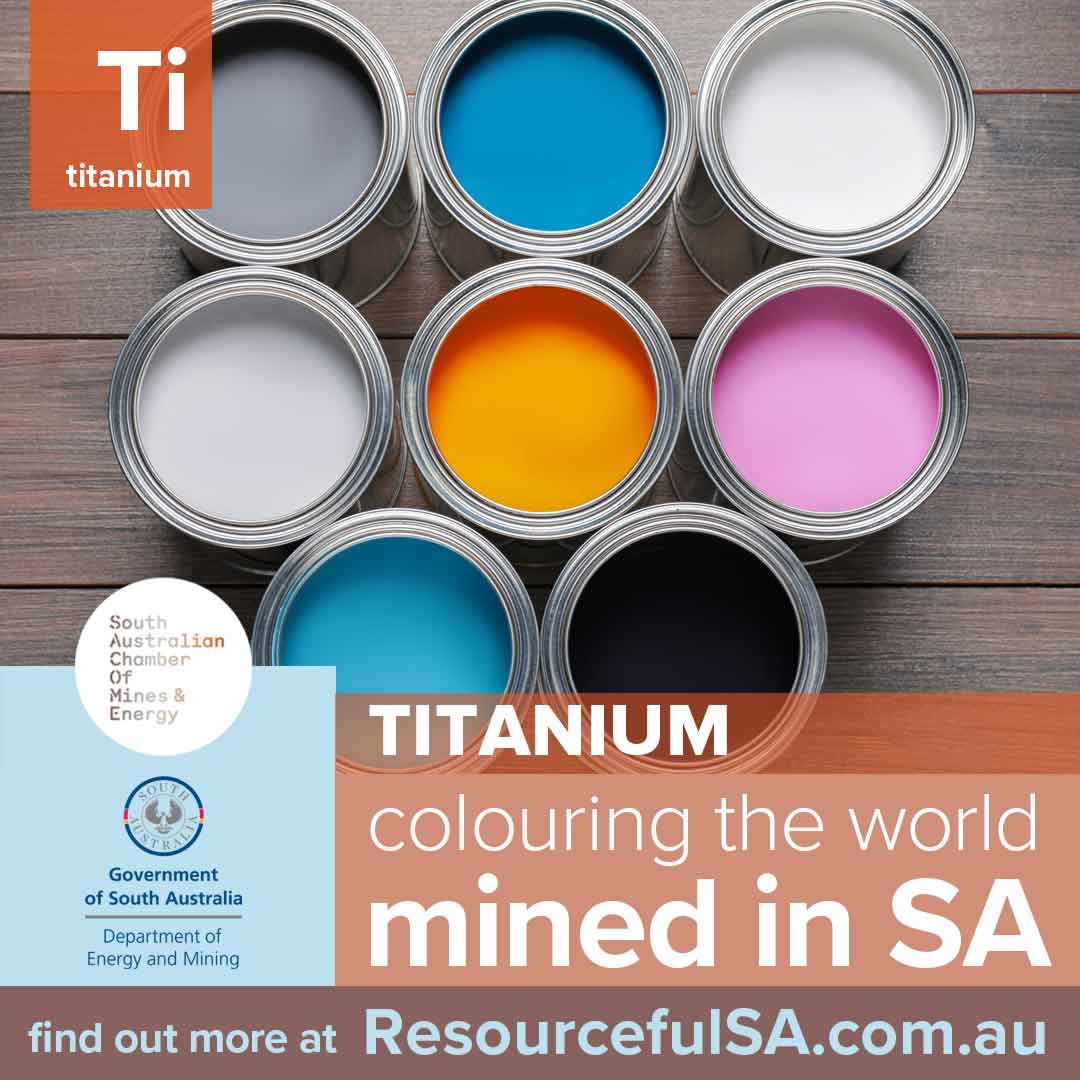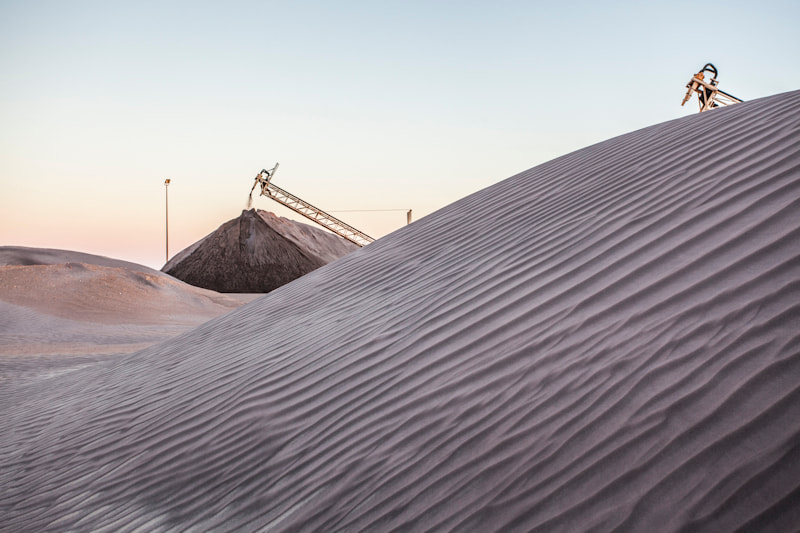|
What are Mineral Sands?
Mineral sands are ancient beach, river or dune sands that contain valuable mineral deposits, such as titanium, ilmenite, rutile, and zircon. Originally formed as crystals in cooling molten rock such as granite or basalt, these heavy minerals are formed from erosion by wind, rain, and rivers over millions of years. The resulting grains are washed down to the sea and tidal movements sift the heavier minerals onto beachlines over time. This natural weathering process forms two types of mineral sands deposits: coarser sands that remain on shorelines due to their larger size; and finer mineral sands which typically settle in the basin of the ocean, often referred to as ‘offshore’ deposits. Minerals sands deposits typically contain both titanium dioxide mineral and, usually, a minor proportion of zircon. The relative weighting of each mineral varies by deposit[i]. Titanium is at the heart of aerospace and space technology. It’s as hard and strong as steel. But it’s not as heavy. Aluminium, molybdenum, and iron can be mixed with it to enhance its properties. The end result can be found in deep-diving submarines and high-flying aircrafts because of its ability to tolerate extremes of pressure and heat. On a more mundane level, it’s also an important pigment in paint. It can produce a nice, bright white. Titanium oxide is also used in sunscreen: its nanoparticles can block UV light while appearing transparent on the skin.
Did you know?
Iluka’s Jacinth-Ambrosia operation in South Australia is the world’s largest zircon mine. Where are Mineral Sands mined in South Australia? Mineral Sands are found in the Murray Basin (covering parts of Victoria, New South Wales and South Australia) and the Eucla Basin. Zircon, rutile and chloride ilmenite are mined in South Australia by Iluka at its Jacinth-Ambrosia, one of the world's largest zircon mines operating since 2009. The Narngulu mineral separation plant in the Mid West of Western Australia processes Jacinth-Ambrosia zircon and rutile products. |



